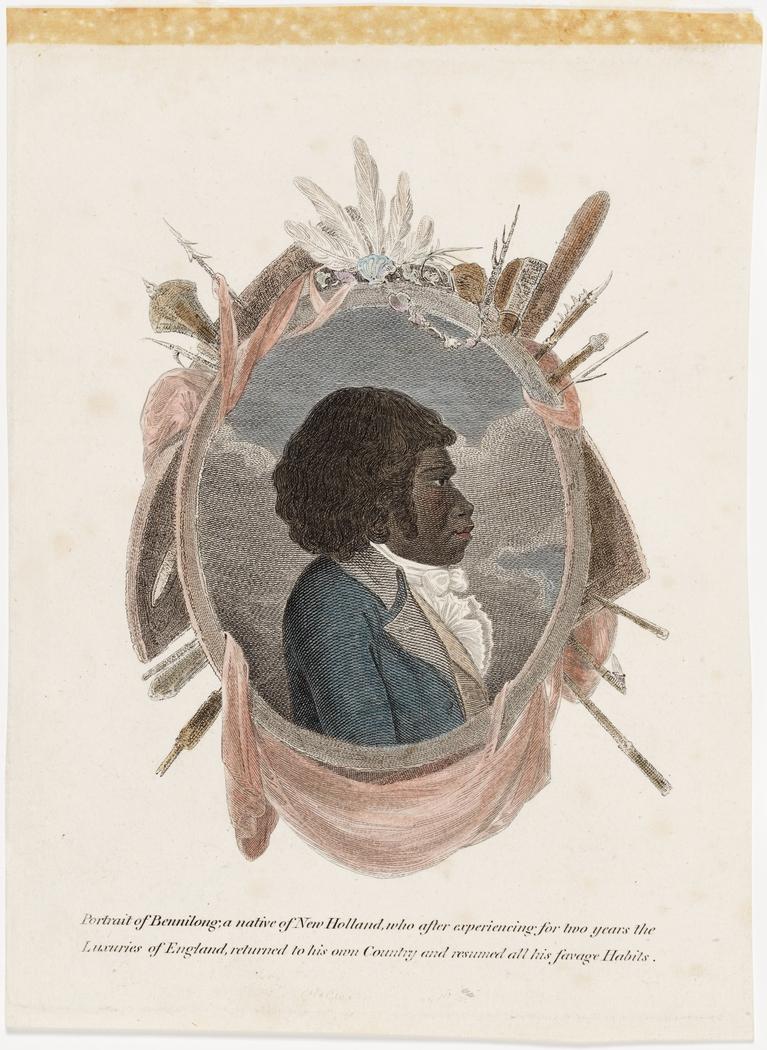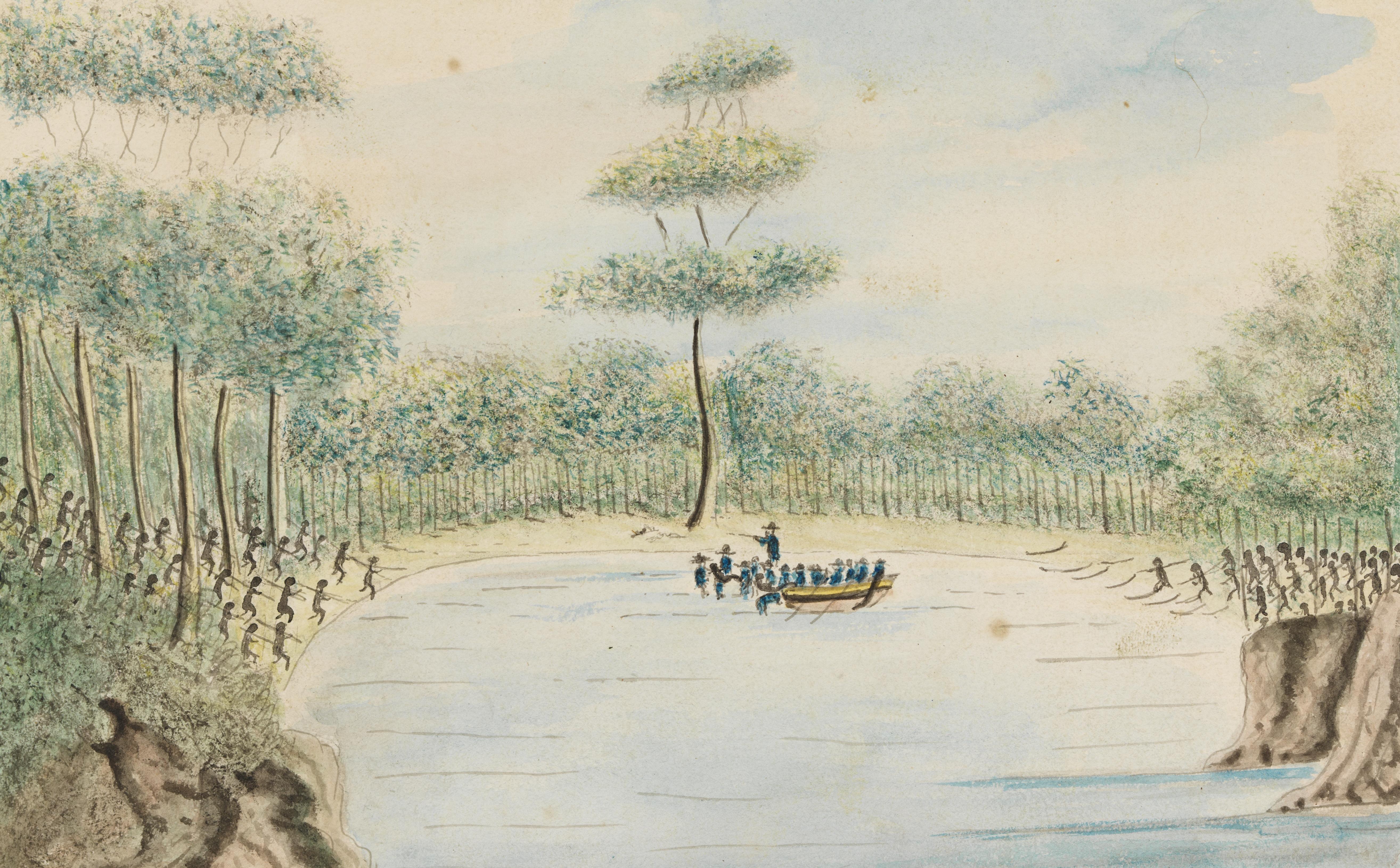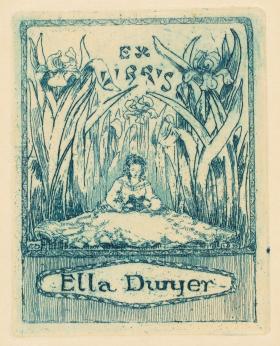Defeated. It bothered me, the choice of word the Australian Broadcasting Commission used when announcing the result of the Voice referendum. Dragons are defeated. Demons. Enemies. What happened on 14 October 2023 was, instead, a rejection. Indigenous leaders, supported by an unprecedented majority of First Nations people, had offered an invitation to Australia to recognise the prior and continuing existence of its Indigenous population through the constitutional enshrinement of an Indigenous advisory body to parliament. Three out of every five Australians voted no.
My book about Wangal negotiator Bennelong and inaugural colonial governor Phillip — figures often thought to be Australia’s founding conciliators — had come out ten days earlier. I never expected the two events to converge. I had assumed that the referendum would occur earlier than it did and that my book would appear afterwards. I had miscalculated the acuity of the Albanese government to capitalise on its election victory, as well as the efficiency of Simon & Schuster’s publishing team. The publication of Bennelong & Phillip: A History Unravelled thus gave me a small, unforeseen window in which to help advocate a ‘Yes’ vote by explaining that the events described in my book began — and shaped — the fundamental inequality that we were now being asked to consider.
The efforts of Bennelong to secure recognition and peace for the Yiyura (Eora) — the first Indigenous people to face Britain’s New South Wales colony — resembled those of Indigenous leaders today, who were demanding the same in the 21st-century settler-nation. The failure of Phillip to achieve a formal agreement between his colony and the Yiyura people has haunted the whole history of settler presence from his time to ours. That failure partly produced the unacknowledged dispossession, the untold violence and the ingrained discrimination that modern Australia continues to reckon with.
By early October 2023, the polls already told me that my efforts would be futile. Indeed, given Australia’s long history of settlers confronting Indigenous priority, I should have known that any radical form of recognition was unlikely. Then again, one of the major points of Bennelong & Phillip was to try to think beyond inevitabilities; to try to regain a sense of the contingency — of the multiple possibilities — that surrounded Bennelong and Phillip’s fateful relationship. No nation has ever achieved significant change by dealing only with what was likely. History is a crucial discipline not because it teaches us about what will happen, but because it illuminates a vision of what could happen.
I tried to reinject this sense of contingency into the well-worn story of Australia’s colonial foundation by narrating Bennelong & Phillip entirely in reverse. The book begins in the present and then trips backwards through the various posthumous memorialisations of the two men from our time back to theirs. It then details their funerals, deaths, final years and last battles, before narrating the year they spent together in London in 1793. Next, it covers the short period of détente between the settlers and the Yiyura from 1793 to 1790, their complicated agreement to confer as equals in 1790, before moving on to — or back to — their much more complicated meeting as captor and captive in 1789. The final chapters discuss the momentous decisions that led up to their initial meeting in Sydney Cove on Yiyura land, the men’s earlier years, their births and, finally, their origins in blood and place.
Such a method suited the arguments I wanted to make about both men: primarily, to upturn their usual images in public consciousness. Phillip has mostly been seen as a benevolent, indeed ‘enlightened’ founding father of a modern, progressive nation. Opening the story with Phillip ensconced back in Britain, however, sets the scene for a new interpretation: we see that his first love was always the advancement of a conservative British Empire. In Phillip’s latter years this took the reactionary form of defending Britain against the democratic forces of the French Revolution; it also meant serving in Britain’s navy to consolidate imperial power in India and the Americas.
Seeing Phillip this way reminds us that the establishment of New South Wales in 1788 was less the start of a separate liberal nation than the effect of an escalating, oppressive superpower. Seeing Australian foundation as such provokes reconsideration of when, exactly, the country might be said to have decolonised? How much of the imperial past has carried through to the present?
Bennelong, meanwhile, has been seen as an important but tragic figure. While his skills as a mediator with the newcomers have been celebrated over centuries, he is usually thought to have ended up a lost man, caught between two worlds, never to belong properly to either. For too long Bennelong has served as a morality tale about the fate of Aboriginal people under colonial regimes. Sometimes regarded as apt, at other times regrettable, it is a fate that almost always has been considered certain. My book, however, starts with details about Bennelong’s last 17 years of life. So often these years have been compressed into a grim little line about alcohol and loss but, in reality, they were filled with customary battles, seasonal ceremonies, new wives, new friends and new children.
Beginning with a busy Bennelong surrounded by loving kin changes the way we read about his far briefer time spent negotiating with Phillip. We freshly understand him as a man who, in various ways over his lifetime, chose to protect his culture from intrusion. In later years he chose to do so by forsaking the colonists; earlier, he thought that engagement was the wiser course of action. If Bennelong stands for anything in Australian history, perhaps it should not be tragedy but, instead, mutable political agency. For having a complex yet consistently Indigenous-centred worldview. As a man who, in his own eyes, survived both his colonial travails and his sullied reputation.
Telling a whole history in reverse was harder than I imagined. I worried about my use of tense. My editor worried about narrative suspense. We all worried about logic and clarity. The editing process thus took longer than usual — a good half-year, whereas I had expected it would take only a couple of months. We added a few aids for readers: a forwards timeline, short summaries at the start of each chapter, discussions sprinkled throughout about the benefits of the method at different points in the story. After reading some novels with reverse narration, such as Martin Amis’s Time’s Arrow, I decided to include a caveat that my emphasis was on ‘plotting key events in roughly reverse order rather than on making time itself run backwards’. The word ‘roughly’ referred to the fact that each event contained forwards momentum. For example, I described Bennelong’s two-day initiation into manhood in a forwards manner, but situated it after his first meeting with Phillip and before a discussion of his childhood.
I submitted the first draft of the book to my publisher in October 2022. Anthony Albanese’s Labor government had come to power five months earlier. On election day, Albanese had placed at the top of his agenda his party’s full commitment to the Uluru Statement from the Heart, which called for a First Nations Voice to parliament. I expected the referendum to be called any day, assuming that Labor would exploit the majority support that the initiative carried then. At the end of 2022 I believed that Bennelong & Phillip would appear in a changed, hopeful era characterised by interest in political negotiation and historical learning. Such a sequence would fit the ideal scenario imagined by the Uluru Statement: first, a legal Voice; then, and only because of the Voice, a forum for Treaty and a space for Truth.
Throughout the writing of the book I was of course conscious of my status as a non-Indigenous scholar. Being a historian of empire makes me especially aware of the ways that settler scholars have, for centuries, perpetuated colonial dominance by making Indigenous people their ‘special subjects’. Seemingly innocent endeavours to study Indigenous culture have too readily dictated the parameters for knowledge about them. They have also silenced Indigenous airtime in the ensuing debates and become yet another form of control and authority over the colonised.
This problem, though, is not easily solved. Vacating the field risks leaving Indigenous history vulnerable, yet again, to displacement from the core of Australia’s understanding about its past. The challenge of truth-telling for non-Indigenous historians is to integrate the presence of Indigenous actors more thoroughly, not less so, into our accounts of what has made us who we are. Consultation with Indigenous descendants helps to avoid the most egregious instances of talking-over and agenda-setting.
In the case of Bennelong, no direct descendants appear to exist. In their place, however, I talked with Indigenous knowledge-holders from both Bennelong’s harbour region and elsewhere, learning about what the man meant to them, their families, and their aspirations for future understandings of the truth.Naturally, each person had different and sometimes conflicting views. A significant example involved the decision to use the word Yiyura to define the Aboriginal people of today’s Sydney Harbour. The Darug Custodian Aboriginal Corporation (DCAC) advised that Yiyura was better than Sydney’s commonly used Eora to talk about the dozen or so clans that fringed the harbour shores in the eighteenth century. This suggestion aligned with what I’d read in the eyewitness accounts, which often included two separate vowel sounds in the word, not one, and frequently spelt ‘E’ as ‘Yee’. Even so, I sensed that the DCAC preferred I not use the term at all, since technically it means ‘the people from here’, which is how Bennelong’s countrymen described themselves to the colonists when asked, ‘Who are you?’ As such, Yiyura, even while perhaps more accurate than Eora, still carries a lot of illogical colonial baggage. Other Aboriginal scholars, however, objected to using the broader term Darug to describe the roughly 30 clans who spoke the Darug language around the harbour in Bennelong’s day, because no one identified themselves then in linguistic terms. My choice to go with Yiyura possibly managed to annoy everyone, but it was made in good faith and with the full expectation that it will — like all artefacts of history — one day seem archaic.
I did the bulk of my research under tricky pandemic conditions, though prior digitisation efforts in the Anglo world — especially of eighteenth-century sources — helped enormously. In between lockdowns I was delighted to see key touchstones for the story of Bennelong and Phillip in the State Library of NSW, including the original sketch made of Bennelong in London in 1793 and portraits that have been alleged to be of a young Phillip and his first wife, Charlott, painted in 1764.
That said, I had been thinking and learning about Bennelong and Phillip for 20 years before I wrote about them, and since 2018 had contemplated the pros and cons of reversing their joint story. In 2017, the Uluru Statement prompted me to imagine the story’s recovery as a contribution to truth-telling. Since around 2001, when I had embarked on my doctoral dissertation about eighteenth-century Indigenous–settler relationships (and in which Bennelong and Phillip played walk-on parts), I had come to see them as grossly misunderstood figures not only in Australian history, but in imperial and global histories as well.
In 2000, we witnessed the extraordinary People’s Walk for Reconciliation, when a quarter of a million Australians walked across Sydney Harbour Bridge to signal their support for Indigenous equality. Many assumed that this moment would trigger rolling reforms in Australian society and culture. They thought that the now irrefutable recognition of Indigenous disadvantage since 1788 would have to result in structural changes.
Turned out, the goodwill of 2000 faltered quickly. Now, again, the momentum for a Voice in 2023 has faltered. While Indigenous leaders reconsider their tactics — just as Bennelong did after Phillip’s failures — non-Indigenous Australians have another chance to ponder the unravelling implications of all we have inherited from the first settlers. The history of the relationship of Bennelong and Phillip reveals much about deep national wounds, obstacles and imperatives.
Professor Kate Fullagar FAHA is Professor of History at Australian Catholic University. Her book The Warrior, the Voyager, and the Artist: Three Lives in the Age of Empire, published by Yale University Press in 2020, won the 2021 Douglas Stewart Literary Prize for Non–Fiction, the 2020 NSW Premier’s Prize for General History and was shortlisted for the James Tait Black Biography Prize in the UK in 2021. Bennelong & Phillip: A History Unravelled was published by Simon & Schuster in 2023.
This story appears in Openbook autumn 2024.


![[Captain Arthur Phillip, 1786] / painted by Francis Wheatley](/sites/default/files/styles/max_width_560/public/ml_124_a928087_1920.jpg?itok=xvwzLruI)



